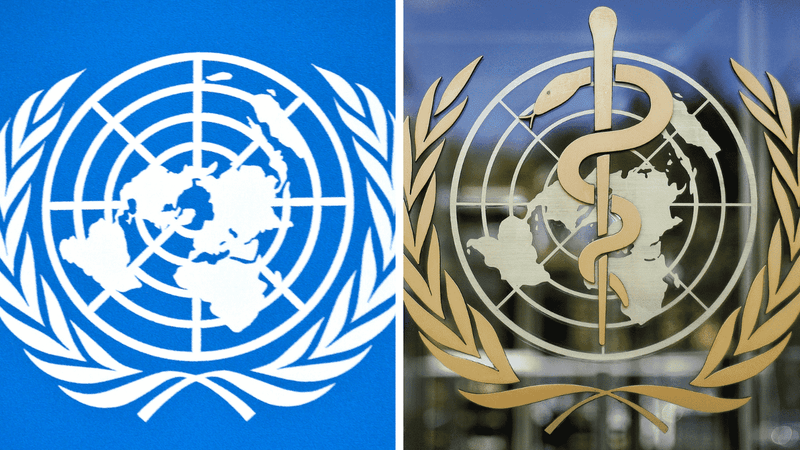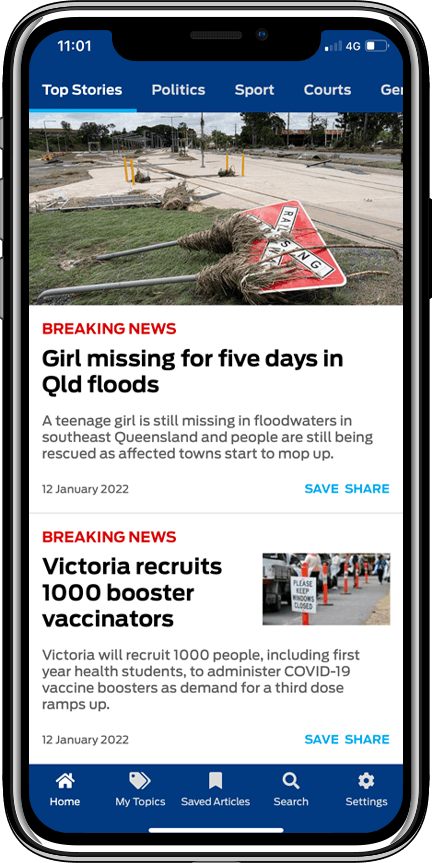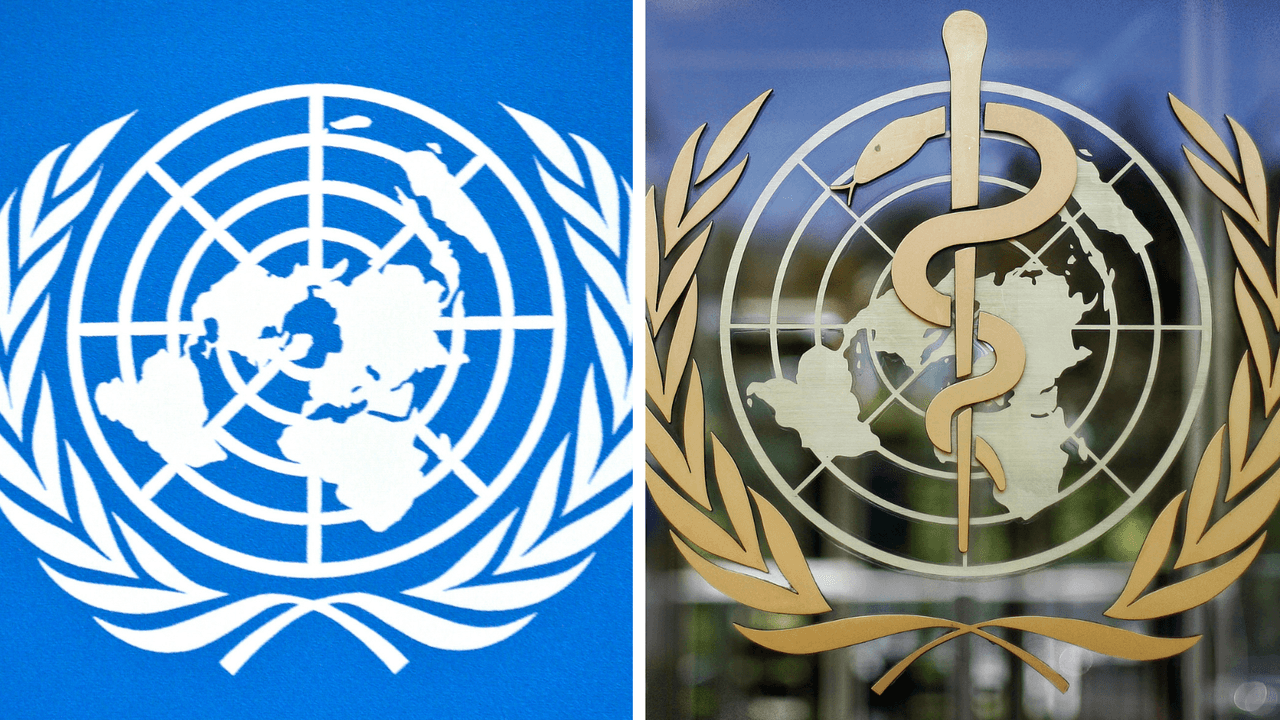
What was claimed
The UN’s Pact for the Future includes emergency powers originally proposed in the WHO pandemic treaty.
Our verdict
False. The UN pact does not involve any emergency powers and is separate from the pandemic treaty.
AAP FACTCHECK – A United Nations (UN) pact will give the international diplomatic organisation the emergency powers first proposed by a World Health Organization (WHO) pandemic treaty, according to claims online.
This is false. The UN’s Pact for the Future does not include any emergency powers related to pandemics, and experts told AAP FactCheck the agreement is not a replacement for the WHO’s proposed global treaty.
The claim is being shared on social media following the UN’s Summit of the Future, held from September 22 to 23 in New York.
“The U.N ‘pact for the future’ was the pandemic treaty repackaged and re-named,” a Facebook post reads.
The claim is also being shared by users in Pacific nations.
“They sure are some sneaky b*******!” a post from Fiji states. “The #GlobalPandemicTreaty was voted down TWICE, so they hid it in the #PactForTheFuture that was quickly voted on and passed a few days ago, giving the #UN emergency powers over nations, including pandemic response(PLANdemic #2).”
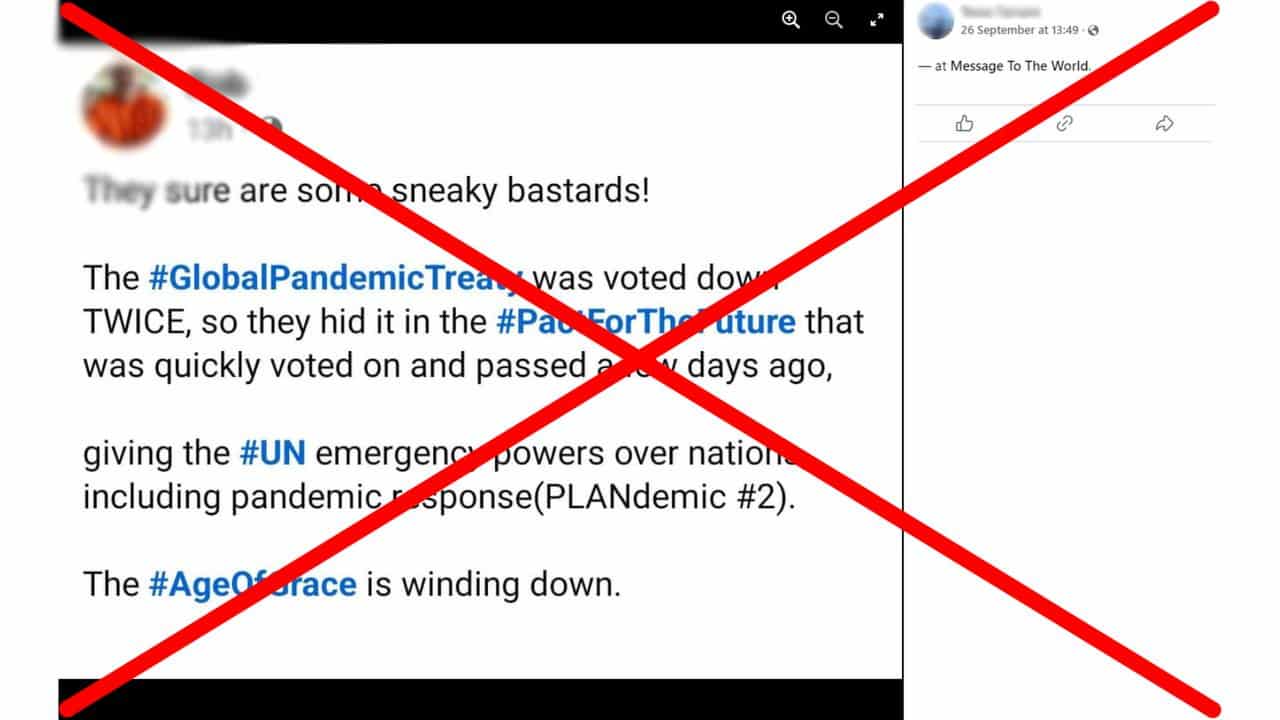
The Pact for the Future is a non-binding agreement adopted by the UN General Assembly at the beginning of the September summit.
It outlines 56 actions on issues including human rights, climate change, gender equality and peace.
No section of the pact includes “emergency powers” for the UN.
Separately, the WHO has been facilitating the development of a pandemic prevention, preparedness and response accord, also known as the pandemic treaty, over the last few years.
It was due to be adopted at the World Health Assembly in May 2024 but negotiators failed to reach a consensus before the meeting.
Member states are continuing negotiations to develop a final version before the next assembly in 2025 at the latest.
Kathryn Jacobsen, a professor of health studies at the University of Richmond in the US, told AAP FactCheck the UN pact reaffirms existing commitments to achieve the Sustainable Development Goals (SDGs), which are set to expire in 2030.
“The SDGs set targets for progress on poverty reduction and related areas like access to nutrition, education, safe drinking water and electricity,” Dr Jacobsen explained.
Goal 3, which aims to ensure healthy lives and promote well-being for all, cites emergency preparedness as a way to achieve this goal.
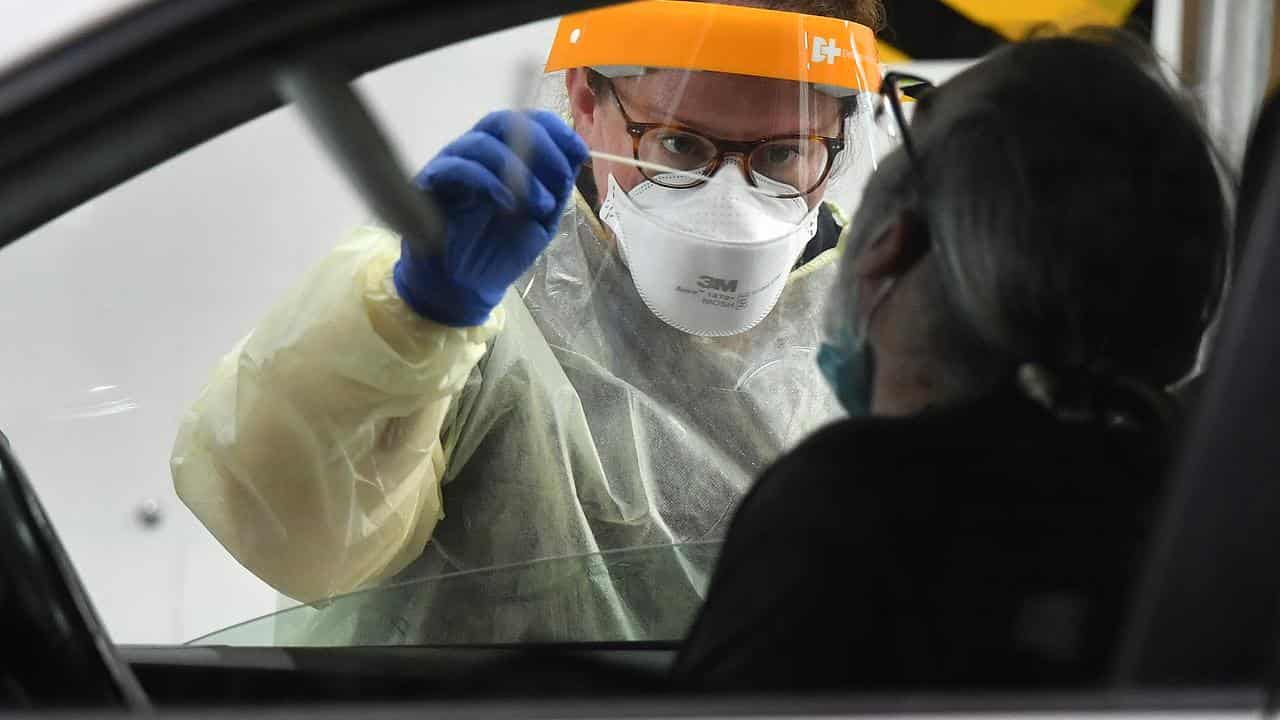
Prof Jacobsen said progress is measured by the International Health Regulations, which are the primary legal framework guiding countries to prevent and respond to the spread of infectious diseases.
“The Pact for the Future doesn’t include the terms ‘epidemic’, ‘pandemic’, ‘infection’, ‘disease’, ‘public health’ or ‘global health’, so it’s definitely not a replacement for a possible future pandemic treaty,” she added.
Dr Adam Kamradt-Scott, an associate professor of One Health diplomacy at Tufts University in the US, agreed.
“Assertions the Pact for the Future is an attempt to further progress the WHO’s pandemic treaty are baseless and nonsensical,” he said.
References to health in the document, he added, simply “reaffirm efforts to achieve universal health coverage” (which governments collectively adopted in 2015) and ensure people have access to safe, affordable and effective medicines and therapeutic products.
Sara Davies, a professor of international relations at Griffith University, previously told AAP FactCheck the proposed pandemic treaty would only enable the WHO to provide recommendations, such as requesting member nations contribute to pooled resources.
There is no possibility the treaty could empower the WHO to control a government’s resources or impose vaccine mandates, she said.
The Verdict
False – The claim is inaccurate.
AAP FactCheck is an accredited member of the International Fact-Checking Network. To keep up with our latest fact checks, follow us on Facebook, Twitter and Instagram.
